Linux WiFi arrays tapped for 802.11n research
Nov 16, 2007 — by Eric Brown — from the LinuxDevices Archive — 14 views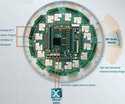 A provider of Linux-based 802.11n WiFi arrays has announced a research collaboration with Carnegie Mellon University (CMU) around 802.11n WiFi. Xirrus will help the Pittsburgh-based university deploy campus-wide 802.11abgn WiFi, with CMU helping to tune Xirrus's… Linux-based “ArrayOS.”
A provider of Linux-based 802.11n WiFi arrays has announced a research collaboration with Carnegie Mellon University (CMU) around 802.11n WiFi. Xirrus will help the Pittsburgh-based university deploy campus-wide 802.11abgn WiFi, with CMU helping to tune Xirrus's… Linux-based “ArrayOS.”
Xirrus sells Linux-based “WiFi Arrays” that it likens to “managed switches” for WiFi. Each Array integrates 4-16 radios, each of which serves as a dedicated backhaul to another Xirrus Array. The top-end model is claimed to support coverage areas of up to 125,000 square feet, and bandwidths of up to 864Mbps — equivalent to a 24-port managed Fast Ethernet Switch, Xirrus suggests.
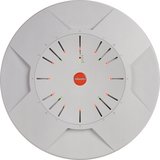
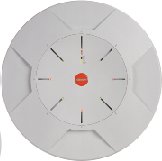
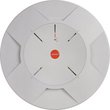
(L-R) Xirrus's 16-radio XS-3900, 8-radio XS-3700, and 4-radio XS-3500
(Click any to enlarge)
Xirrus's shipping Array models today support the 802.11a/b/g family of protocols. However, the company is beta-testing a software update that, along with new radio modules, that adds support for 802.11n. CMU will be among the first participants in the 802.11n beta testing program, Xirrus says.
Carnegie Mellon, which hosts a number of research projects in wireless communications, plans to deploy the arrays throughout residence halls and other locations. CMU plans to deploy the arrays along with Aruba WLAN equipment to create a campus-wide Gigabit WiFi network. Xirrus and CMU also plan to research pattern analysis of usage and roaming activity and co-develop services for WiFi-array device- and network management, says Xirrus.
The Xirrus Arrays
Xirrus's 802.11n WiFi Arrays are based on PowerPC-based control-plane processors, along with FPGAs (field-programmable gate arrays) programmed to handle performance-critical tasks in hardware. Each array integrates dual load-balanced Gigabit Ethernet uplinks, a console port, and PCI-X expansion slots. Elements of the hardware design are covered by US Patent D526,973 S, Xirrus said, with other patents pending.
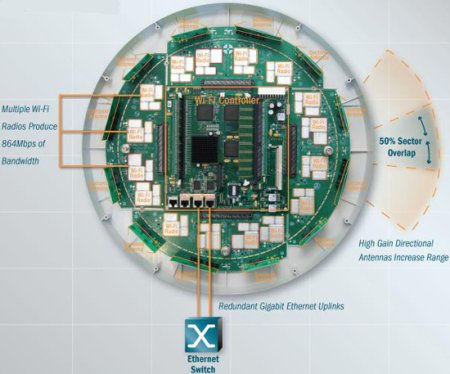
Xirrus Array architecture
(Source: Xirrus; all rights reserved. Click to enlarge)
The CompactFlash boot and storage device sits close in next to the PowerPC processor, with system and packet RAM located farther off to the left and right, respectively. The PCI-X slot sits to the right of the packet RAM. Surrounding the main board are four radio modules that can be removed like slices of a pie. The modules link up to “a” antennas interspersed with “a/b/g” antennas, plus 3 antenna extensions. Off to the edge there's also a threat-sensor chip.
Additional specs include:
- Processor — 825MHz PowerPC
- Three FPGAs (field-programmable gate arrays), one for 802.11 MAC, one for encryption, and the other for queuing and translation
- Memory — 768MB RAM (expandable); 128MB Flash
- Bandwidth — 864Mbps aggregate
- Coverage — 125,000 square feet
- Interfaces — 2 x GigE; 1 x 10/100; 1 RS232
- Antennas — 12 6dBi 60-degrees 802.11a; 4 3dBi 180-degree 802.11a/b/g; 1 internal 2dBi 360-degree omnidirectional
- Dimensions — 18.65 diameter x 3.87 height (473.6 x 98.3mm)
- Weight — 10 pounds
The Xirrus Arrays run “ArrayOS,” said to be based on Linux. It supports centralized management, and advanced firewalling, according to Xirrus.
Now due for completion by the IEEE in September 2008, the long-delayed, much debated 802.11n standard is expected to offer about twice the range of 802.11g, with far greater bandwidth: from 300- to 600Mbps depending on the configuration. To achieve these speeds, 802.11g uses technologies such as “channel bonding” - borrowing bandwidth from an adjacent channel - and MIMO (Multiple-In-Multiple-Out) spatial multiplexing, which uses multiple radios and antennas to simultaneously process incoming signals and thereby improve clarity.
This article was originally published on LinuxDevices.com and has been donated to the open source community by QuinStreet Inc. Please visit LinuxToday.com for up-to-date news and articles about Linux and open source.